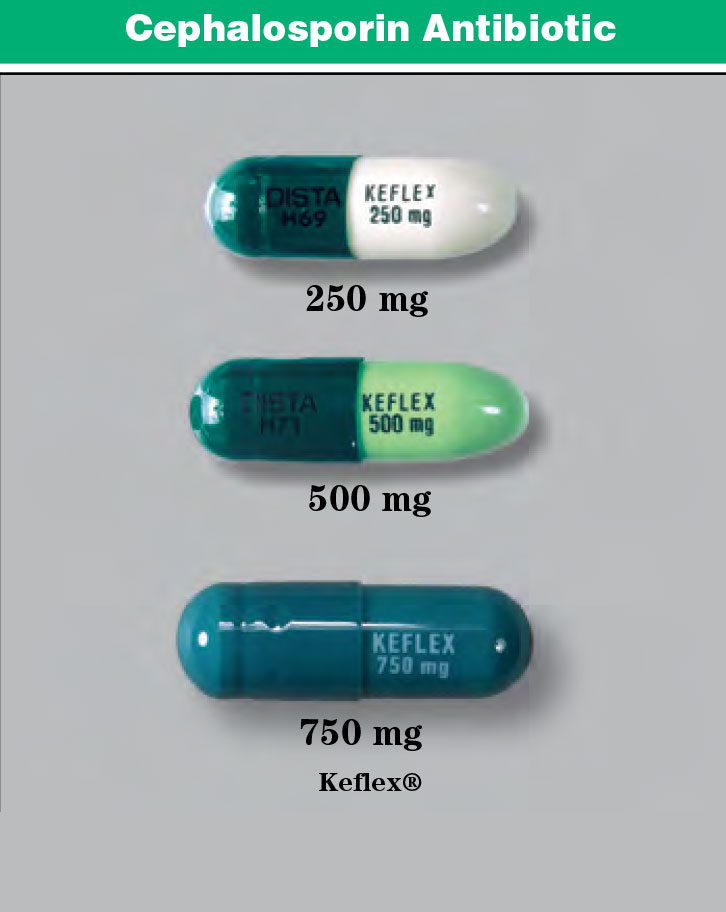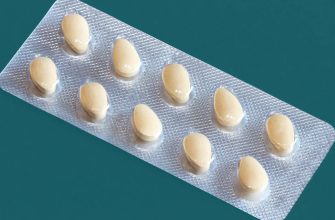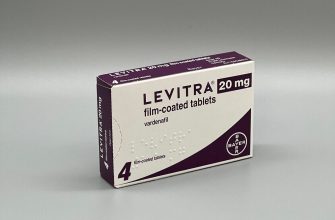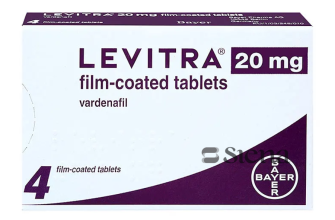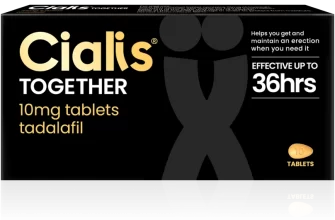No, cephalexin is not typically available in 875mg tablets. Standard dosages range from 250mg to 500mg.
This information is crucial for accurate medication administration. Always verify the dosage with your pharmacist or doctor before taking any medication. They can provide the correct strength and advise on the appropriate treatment plan for your specific needs.
If you require a higher dose, your doctor may prescribe a different antibiotic or adjust your cephalexin dosage schedule. Misinterpreting dosage information can have significant health consequences, so verifying with a medical professional is key.
Remember to carefully read the label on your cephalexin prescription. It contains complete information regarding the dosage, administration instructions, and potential side effects.
Does Cephalexin Come in 875mg?
No, cephalexin is not typically available in 875mg tablets or capsules. Common dosages include 250mg and 500mg.
Finding the Right Dosage
If your doctor has prescribed a higher dosage, they will likely prescribe multiple 250mg or 500mg doses to achieve the desired amount. Always follow your doctor’s instructions precisely regarding medication dosage and frequency. Don’t attempt to adjust your dosage without consulting them. Incorrect dosing can affect treatment effectiveness.
Alternative Antibiotics
If you need an antibiotic with an 875mg dose strength, your doctor might consider other options depending on your medical condition. Discuss this with your healthcare provider to find the best treatment for you.
Cephalexin Dosage Forms Available
Cephalexin isn’t available in 875mg tablets. However, it comes in various other forms and strengths.
Oral Cephalexin
- Capsules: Commonly available in 250mg and 500mg strengths.
- Tablets: Similar to capsules, these usually come in 250mg and 500mg.
- Oral Suspension: This liquid form is often preferred for children and individuals who have difficulty swallowing pills. Strengths vary; check product labeling for details.
Other Considerations
Dosage depends entirely on your specific condition and doctor’s prescription. Always follow your doctor’s instructions carefully. Never adjust your dosage without consulting your physician. Generic versions of cephalexin are available and are generally bioequivalent to brand-name products.
Finding the Right Dosage
- Consult your doctor or pharmacist for the correct dosage for your specific needs.
- Carefully read the medication label to confirm the dosage strength and instructions for use.
- Check with your pharmacy about available cephalexin formulations in your area.
Caution
This information is for general knowledge and should not be considered medical advice. Always seek professional medical guidance regarding your medication.
Why 875mg Cephalexin Might Not Be Standard
Cephalexin is typically available in 250mg and 500mg capsules. Manufacturers generally select dosages based on pharmacokinetic studies showing optimal absorption and efficacy at specific levels. Creating an 875mg formulation would require significant research and development to ensure consistent drug absorption and to justify the cost of production. The potential benefits of a higher dose may not outweigh these costs, particularly as effective treatment can often be achieved with lower dosages.
Dosage adjustments, such as splitting 500mg capsules or prescribing more frequent doses of a lower strength, are often sufficient for achieving the desired therapeutic blood levels, making an 875mg dose unnecessary in most cases.
Patient-specific factors like age, kidney function, and the severity of the infection also influence the necessary dosage. A doctor considers these factors when determining the appropriate cephalexin regimen, often finding existing strengths adequate.
Finally, regulatory approvals for new drug formulations are a complex and time-consuming process. The approval for a new dosage form (like 875mg) requires extensive testing and demonstration of safety and efficacy, which contributes to the lack of a standard 875mg cephalexin formulation.
Alternatives to 875mg Cephalexin and Dosage Adjustments
Cephalexin isn’t available in 875mg tablets. To achieve a similar therapeutic effect, your doctor might prescribe multiple 500mg tablets or consider an alternative antibiotic altogether.
Alternative Antibiotics: Amoxicillin, another common antibiotic, offers comparable efficacy for many bacterial infections. Your physician can determine if it’s suitable for your specific needs and prescribe the appropriate dosage. Other options include cefdinir or cefuroxime, depending on the infection type. Always discuss alternatives with your doctor; they will assess your individual case and health history.
Dosage Adjustments: Dosage depends heavily on factors like your weight, age, kidney function, and the severity of the infection. A higher dose may be necessary for serious infections. For example, a typical adult dosage for uncomplicated infections might be 250mg to 500mg every 6 hours, but your doctor will tailor the dose to your unique circumstances. They will carefully monitor your progress and may adjust the dosage as needed.
Important Note: Never adjust your medication dosage without explicit guidance from a healthcare professional. Incorrect dosage can compromise treatment effectiveness and potentially cause harmful side effects. Always consult your doctor or pharmacist before taking any medication, including antibiotics.

